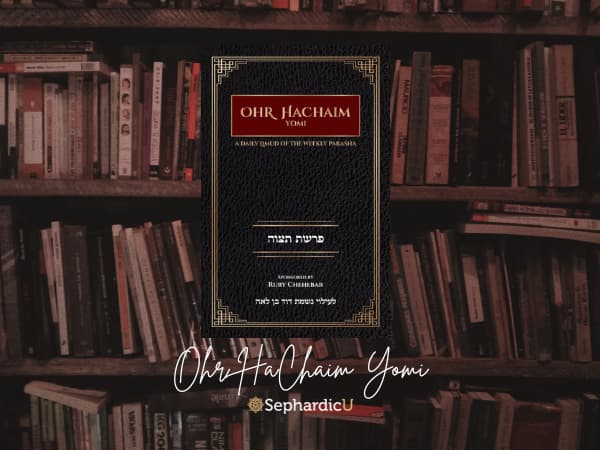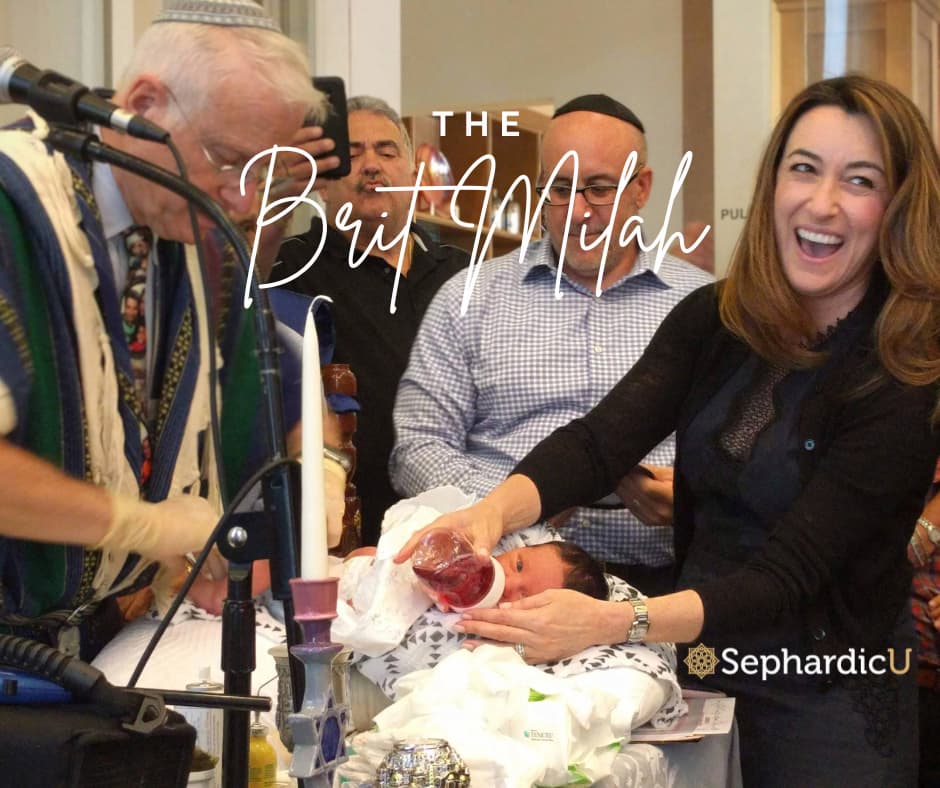The lesson from the office-space design experiment is that flexibility within the boundaries of regulations is a blessing. When applied to a space larger than a cubicle, to interpersonal relationships, or to one’s religious life, regulations cannot cover every possible ramification, and when they attempt to do so, they kill creativity and joy, and instead erect a wall of alienation between us and what we need to do.
So, back to an almost forgotten question: what happened in the 20th century that caused Halakhic paralysis?
To be clear, in Europe, the paralysis of Halakha started in the 18th century as a reaction (better yet – inaction) to emancipation, enlightenment, and pan-European ideology. But what the 20th century has seen is a flattening of Halakha, both in the sense of making everyone in the orthodox world adhere to the same rules, and in the sense of losing the depth of understanding in learning halakha.
I believe that the change can be attributed to two main factors, though obviously there are multiple other factors which contributed to the current situation. Those two main factors are destruction and communication.
A lot of what we see in the orthodox world today is a reaction to the Holocaust. The survivors of a cataclysmic event tend to sanctify the remnants, writings, and practices of those living immediately before it, even if they pertained only to a small, elite group. The survivors idealize the practices of this group and fail to see any others, thus perpetuating a myth of a perfect world that went up in flame, a Paradise lost, a Temple destroyed. This is what happened in Europe after the Crusades and after the Black Death, as the survivors turned the esoteric practices of R. Yehudah the Pious and the circle of Hasiday Ashkenaz into mainstream halakha. In the case of the post-Holocaust world, the Yeshiva world keeps living in a historic bubble, recreating a sliver of a world that has disappeared and in which all men studied in yeshivot as bachelors and in a Kollel after marriage, they all wore white shirts and black garments and hats, and where all women wore wigs.
In reality, only a small percentage attended yeshivot, there was no dress code, and only few could afford a black hat. Regarding women, I heard from my rabbi, R. Moshe Shimon Myernik, whose father escaped from Lithuania to Uruguay just before the war, that in most cities there were only two women with a wig – the wife of the rabbi of the town and the wife of the shohet. This last statement is corroborated by the acrobatic attempts of the author of a book claiming to be an encyclopedia of the laws of modesty to explain why orthodox women appear in pre-war pictures in what he considered to be immodest clothes:
The answer in most cases is probably quite simple: when the picture was taken, the woman was almost certainly in a private garden and totally out of the eye of the public. Her friend took this photo there in the garden, and neither of them ever imagined that this picture would be published in a book to be seen by hundreds if not thousands of people.[1] The author completely “forgot” that he himself descried the photos in the previous page as “photos of large family gathering”. The author is aware that his explanation is feeble and therefore qualifies it with probably and almost certainly, but the paragraph still remains an insult to the intelligent reader who knows that in pre-war Eastern Europe, women did not go around with Leicas slinging on their shoulders, ready to take selfies at a moment notice.
Another post-war effect was that survivors who streamed to the United States were baffled by what they thought was irreverent behavior. The face of American Jewry, which has evolved over hundreds of years and which was able to find a compromise between Jewish life and American identity, was upended by fierce and strong-minded people who wanted to restore Halakha to what they believed was the absolute truth and who ignored the organic and necessary evolution in America. As a result, the Mikvehs in many cities were declared non-kosher, new [but ancient] kashrut standards were established, and the ethos of kollel-attending men married to wig-wearing, two-jobs working women was created.
Uniformity in the Orthodox community has finally arrived, and with it, the end of creative and innovative thinking. Most of the halakhic works published today by the scholars of that community fall under one of those categories:
- Theoretical works – they do discuss halakha but come with a disclaimer that practical questions must be addressed to a posek.
- Recycled material – no new concepts or solutions, only a presentation of the previous one thousand and one books speaking of the subject, and a comment that, if it hasn’t been already stated, it is a better to avoid this or that, just to be safe.
- Over specialization – a whole book dedicated to the exact measurements of KeZayit, the minimal amount one should eat to fulfill a mitzvah and which obligates a blessing. A book on the laws of Kiddush, one dedicated to the separation of sinks, and yet another to the Eruv in a Brooklyn neighborhood.
The most problematic category, however, is that of the Kitzurim. The anthologies of Halakha which direct people what to do in any given situation. These abridged encyclopedias have succeeded in eradicating the understanding of Halakha and enabling people who did not study an issue thoroughly to claim that “everybody says that this is forbidden”.
More about this, in the next post…
[1] R. Pesach E. Falk, Modesty – an Adornment for Life, p. 178.







Ohr HaChaim Yomi – Emor